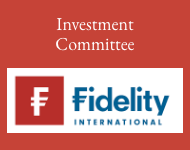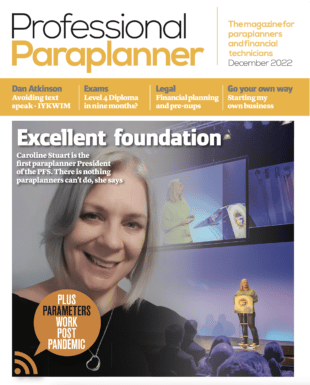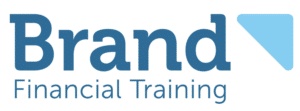In the monthly article for Professional Paraplanner, helping paraplanner with their exam preparation, the Brand Financial training team examine sequencing risk end the effect it can have on a portfolio and retirement income.
When we talk about the risks facing investors, the usual suspects are well known. Market risk and volatility, inflation risk, interest rate risk and longevity risk are all established talking points.
However, when an investor reaches the decumulation stage, another critical factor comes into play: sequencing risk. Most of those studying for R04, J05, or AF7 have likely encountered this term, yet many still find it challenging to articulate its meaning. It has been tested multiple times, particularly in AF7, often in the context of strategies to mitigate its impact.
Sequencing risk, also known as pound-cost ravaging, is simply the risk posed by an unfavourable sequence of returns. It reflects the idea that, even where average returns over the period may be identical, a poor run of returns early on followed by a good run will produce a worse outcome than the reverse.
To illustrate the point let us consider two portfolios with a starting value of £500,000 and a withdrawal rate of £25,000 per annum.
We can see that whilst both portfolios have benefitted from an identical set of returns, Portfolio A was unfortunate in terms of the sequence of them. The net result of this is that its value at the end of five years is lower by around £34,000. This serves to highlight the risk that can be posed to a client’s retirement security simply by way of happening to time that retirement unfortunately.
So, what can a financial adviser do to mitigate this risk? There are actually quite a number of strategies available to potentially mitigate against sequencing risk. The most basic is simply keeping a significant cash buffer. In general, a client would normally be well advised to keep around six months’ worth of expenditure in cash. During the decumulation stage, where interest rates are relatively high as they are at present, this could simply be increased to 2-3 years’ worth, with potential use of fixed rate bonds offering sequential maturity dates to secure a return above inflation. This would be sufficient if necessary to ride out most market crashes.
A variant on this is a horizon planning approach, otherwise known as liability matching or a ‘buckets’ approach. Under this system, funds which are required in the short term are placed into a relatively low-risk fund to mitigate against the risk of losses. Longer term funds can adopt a proportionately higher level of risk. Which assets to take withdrawals from can then be dictated by prevailing market conditions at any given time.
Another approach which can be taken is a dynamic spending strategy. In simple terms, what this means is that the client adjusts their spending strategy according to returns, with more taken out of the portfolio in good years and correspondingly less in bad years. Again, a variant on this is a natural income strategy, where the investor simply takes the actual underlying income paid in the form of interest or dividends from the investments held within their portfolio as opposed to funding their withdrawals via sell-down of the assets.
Use of a sustainable withdrawal rate is another strategy that can be used. This is something which has been the subject of plenty of academic study since its invention as a concept by the US financial planner Bill Bengen. His research indicated that 4% was a rate which could be stated with confidence to be sustainable over the course of a 30-year retirement. It is a rule of thumb which is adopted by a number of financial planning firms in the UK.
However, it is one which a lot of clients do not seem especially willing to adopt, with recent research by the FCA indicating that 42% of drawdown customers are currently withdrawing 8% or more per annum from their pot.
Finally, another option is to adopt a blended or phased approach to retirement. The days of a cliff-edge retirement are long gone and many people are now choosing to transition gradually into retirement by reducing hours gradually. This can help to reduce dependence on the portfolio in the early years of retirement. Alternatively, using some of the portfolio to secure an income in the form of an annuity, whilst using the balance for drawdown, can help increase capacity for loss and reduce pressure on the portfolio.
Which approach is the best to use is, to a degree, down to the preferences of the individual firm and customer. But all of them might help produce those crucial four or five marks to get you over the line.
About Brand Financial Training
Brand Financial Training provides a variety of immediately accessible free and paid learning resources to help candidates pass their CII exams. Their resource range ensures there is something that suits every style of learning including mock papers, calculation workbooks, videos, audio masterclasses, study notes and more. Visit Brand Financial Training at https://brandft.co.uk
































